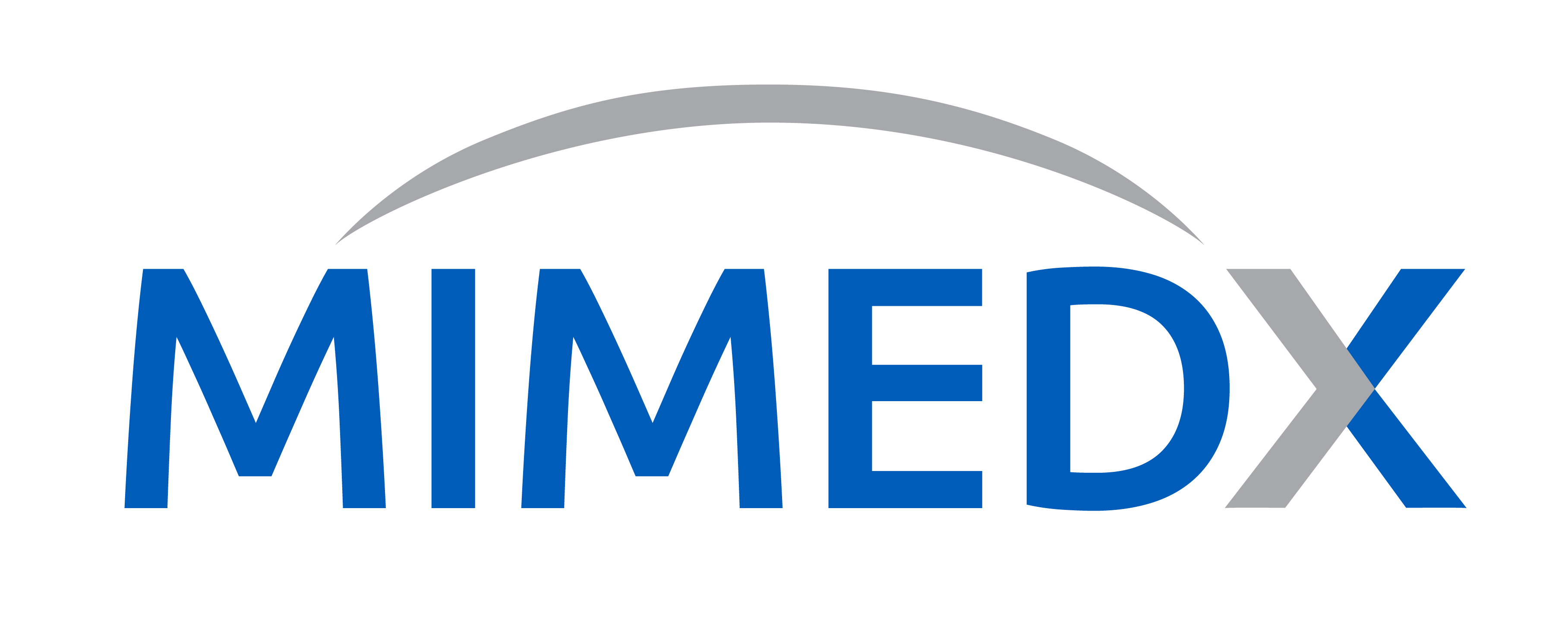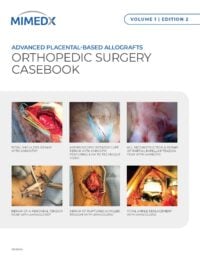Solutions in Orthopedic Surgery
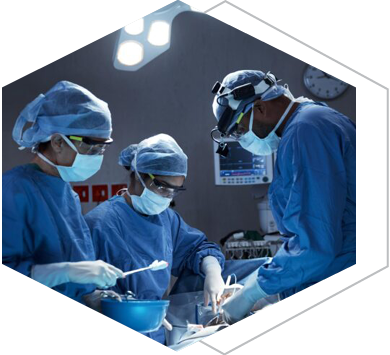
Advanced Placental-Based Allografts When Patients are in Need
Providing Protective Barriers and Environments that Support the Healing Cascade
Orthopedic surgical procedures may need an advanced intervention to facilitate normalization of the healing cascade. MIMEDX offers an array of advanced placental-based allografts that may be used in a variety of surgical applications to provide valuable benefits in patient care.
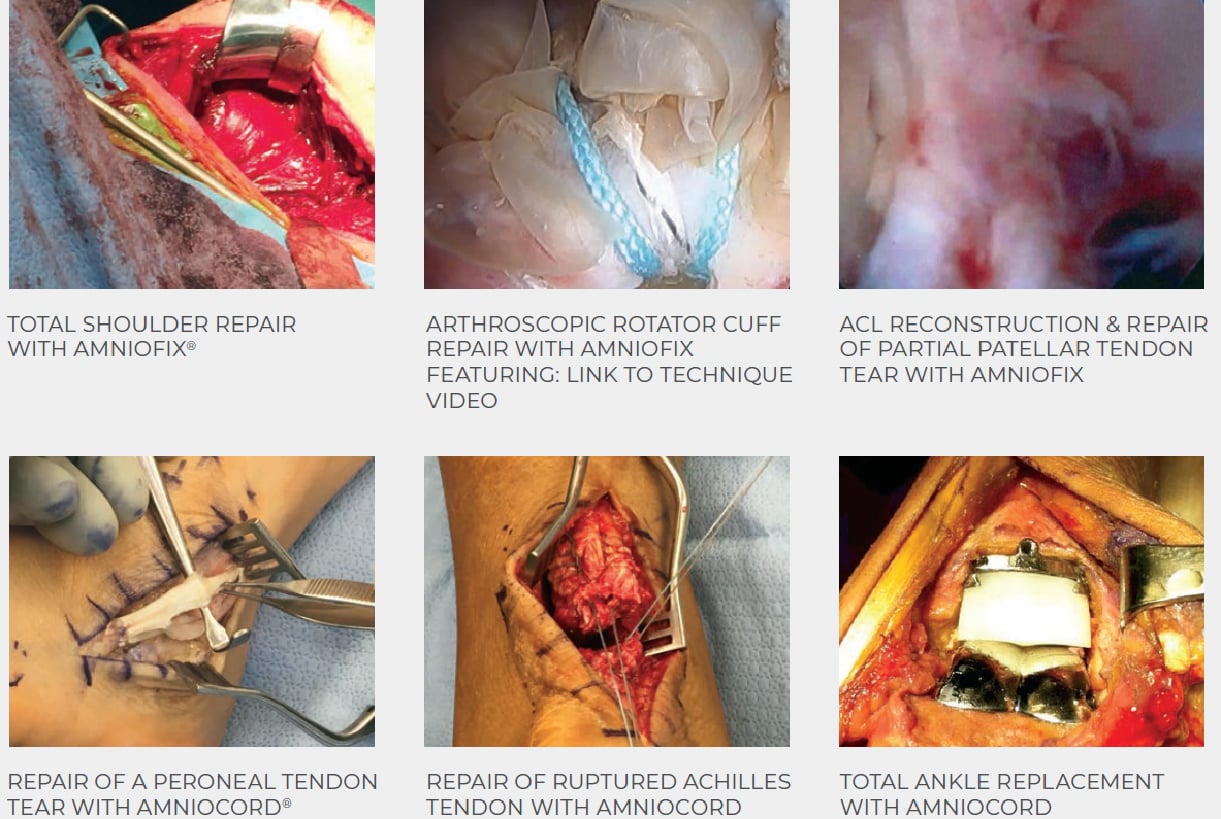
Product Advantages: AMNIOEFFECT, AMNIOFIX, and AMNIOCORD
- Provide a protective barrier and environment that supports the healing cascade
- Protect the wound bed to aid in the development of granulation tissue
- Provide a human biocompatible extracellular matrix (ECM) and contain 250+ regulatory proteins1-4
Clinical Use Examples:
- Rotator cuff repair
- Tendon repair
- Total knee, ankle, or shoulder replacement
Case Studies:
How Physicians Use Our Products
Case study 1
Arthroscopic Rotator Cuff Repair with AMNIOFIX5
Clinical History
A 52-year-old male smoker with a right shoulder injury due to a minor fall onto his outstretched hand approximately one month prior to presentation. He reported immediate pain and popping in his right shoulder which he managed with over-the-counter medications. The pain had progressed to a level of 6 out of 10, which made it difficult to perform work activities and to sleep.
Physical exam: Active forward flexion of the right shoulder was 150 degrees. Empty can test was positive. Impingement signs were positive. There was tenderness over the bicipital groove and acromioclavicular joint, and he had pain with cross-body adduction. The patient underwent a steroid injection at his initial visit, and a course of physical therapy was ordered. Approximately two weeks after his steroid injection, the patient reported that the injection helped for a few days but he continued to have pain and difficulty sleeping. An MRI demonstrated a focal full-thickness supraspinatus tear, long head of the biceps tendinopathy, osteoarthritis of the acromioclavicular joint, and a glenoid labrum tear.
Surgical Intervention
The patient underwent a right shoulder arthroscopy with rotator cuff repair and application of AMNIOFIX allograft. AMNIOFIX was selected due to concerns with the patient’s poor healing potential.
AMNIOFIX is a dehydrated human amnion/chorion membrane allograft. AMNIOFIX sheets provide a protective barrier and environment that supports the healing cascade. Additionally, AMNIOFIX provides a human biocompatible extracellular matrix (ECM) and contains 300+ regulatory proteins.1-3
Follow-Up
At the three month follow-up visit, the patient’s pain was minimal, function was excellent, and he returned to full work capacity, including overhead lifting and turning activities. Upon further follow up, the patient reported that his shoulder was doing well, and he declined a post-op MRI.
 Pre-MRI: A focal full-thickness supraspinatus tear, long head Pre-MRI: A focal full-thickness supraspinatus tear, long headbiceps tendinopathy, osteoarthritis of the acromioclavicular joint, and a glenoid labrum tear |
AMNIOFIX allograft secured to the repair site. |
Case study 2
Total Ankle Replacement with AMNIOCORD6
Clinical History
A 65-year-old male presented with long-standing tenderness, swelling and stiffness in his right ankle. He was diagnosed with ankle arthritis. He failed conservative treatment including changing shoes, taking arthritis medications, cortisone injections, custom orthotics, and physical therapy. X-rays showed arthritis, and the patient was scheduled for a total ankle replacement.
Challenge
The extensor tendons, specifically the extensor halluces longus tendon, frequently become “stuck” in scar tissue, resulting in a stiff and painful ankle. Additionally, there is very little soft tissue between the ankle joint and the skin, posing increased risk for wound complications.
Surgical Intervention
The patient underwent a total ankle replacement. A standard, layered closure was done: deep capsule followed by tendon sheaths, subcutaneous tissue, then skin. AMNIOCORD was cut and applied around the extensor tendons. The soft tissue and skin were closed over the AMNIOCORD, securing it in position.
AMNIOCORD is a dehydrated human umbilical cord allograft that provides a protective environment to support the healing process. It protects the wound bed to aid in the development of granulation tissue. The product provides a human biocompatible extracellular matrix of hyaluronic acid and collagen and contains 250+ regulatory proteins.3,4
Follow-Up
The patient was placed in a splint postoperatively and encouraged to ice and elevate the foot during the 1st postoperative week. Early range of motion exercises were started once the incision closed. He was able to return to his normal activities, including wearing normal shoes, three months after the procedure with no discomfort.
|
Total ankle replacement |
AMNIOCORD applied to extensor tendons / under skin closure |
Closed incision |
Case study 3
Repair of Ruptured Achilles Tendon with AMNIOCORD7
Clinical History
A 45-year-old male suffered an Achilles tendon rupture while playing basketball. The patient had no previous history of injury to the affected ankle. Upon physical examination, the patient had swelling, bruising, and tenderness. There was a palpable defect present in the watershed region of the Achilles tendon and an absent Thompson test. Lateral X-ray of the ankle was normal. Ultrasound was performed and revealed a complete rupture of the Achilles tendon. Due to the patient’s activity level and the complete nature of the rupture, surgical repair was the selected course of action.
Surgical Intervention
A Flexor Hallucis Longus (FHL) fasciotomy was performed prior to the tendon repair to allow blood supply to the Achilles repair site and a tension-free peritenon closure. The Achilles was then repaired in standard fashion, and an epitenon suture was utilized circumferentially to reinforce the repair. A 3 cm x 5 cm AMNIOCORD graft was placed directly over the repair site.
AMNIOCORD is a dehydrated human umbilical cord allograft that provides a protective environment to support the healing process. It protects the wound bed to aid in the development of granulation tissue. The product provides a human biocompatible extracellular matrix of hyaluronic acid and collagen and contains 250+ regulatory proteins.3,4
AMNIOCORD adhered well to the tendon and did not need to be sutured in place.
Follow-Up
The patient achieved closure uneventfully. At 6 weeks postop, physical therapy was initiated.
|
Placement of sutures to repair the ruptured Achilles tendon |
Achilles tendon rupture repaired |
AMNIOCORD placed as an onlay directly over the repair site |
Tips for Minimally Invasive Surgical (MIS) Procedures
- AMNIOFIX sheet is the most commonly used MIMEDX product configuration for MIS procedures
- Cut or fold AMNIOFIX to desired size if needed, prior to introduction into the cannula
- Irrigate and suction / aspirate as much arthroscopic fluid as possible prior to introducing AMNIOFIX to prevent accidently suctioning out the graft
- Ensure allograft is not hydrated / wet prior to introduction
- Introduce AMNIOFIX into a cannula with an atraumatic grasper
Common Method
1. Grasp the corner of dry graft
2. Wrap the graft around the atraumatic grasper
3. Introduce
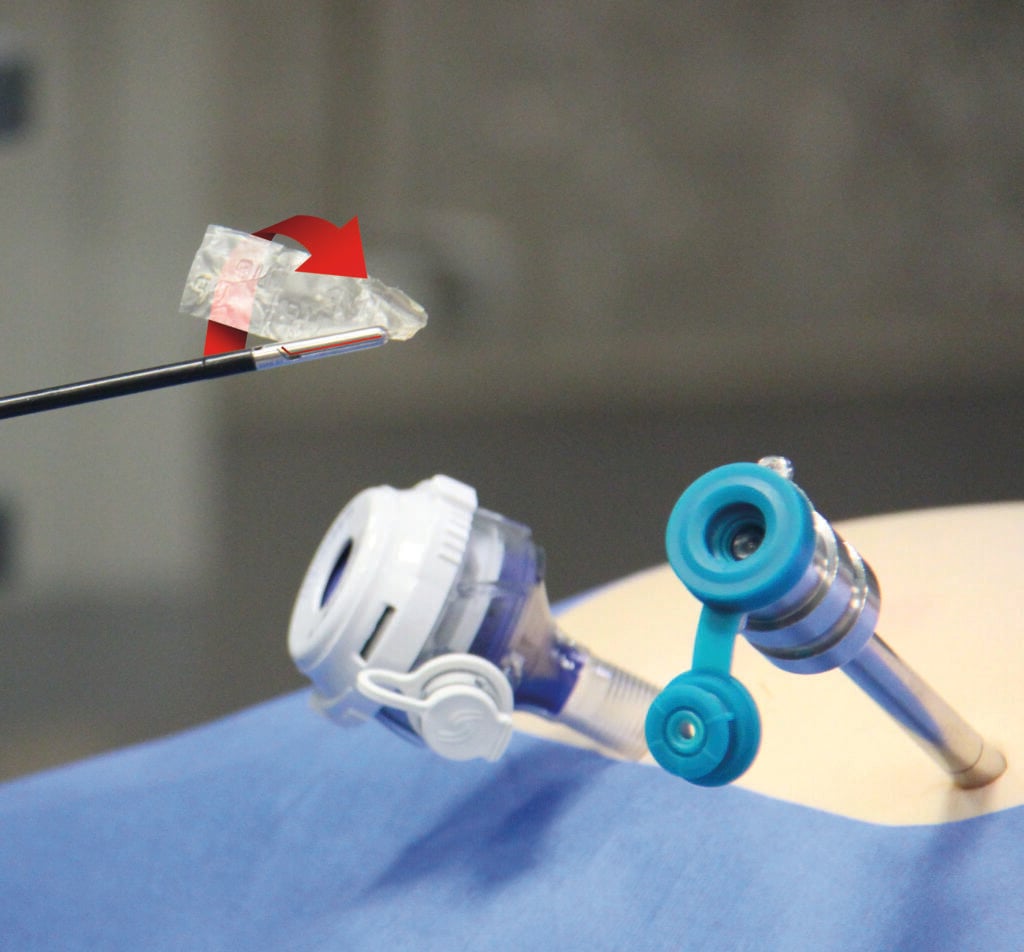
Resources
References
- Koob TJ, Lim JJ, Massee M, Zabek N, Denozière G. Properties of dehydrated human amnion/chorion composite grafts: Implications for wound repair and soft tissue regeneration. J Biomed Mater Res B Appl Biomater. 2014;102(6):1353-1362.
- Lei J, Priddy LB, Lim JJ, Massee M, Koob TJ. Identification of Extracellular Matrix Components and Biological Factors in Micronized Dehydrated Human Amnion/Chorion Membrane. Adv Wound Care (New Rochelle). 2017;6(2):43-53.
- MIMEDX Internal Report. MM-RD-00086, Proteome Characterization of PURION Processed Dehydrated Human Amnion Chorion Membrane (dHACM) and PURION PLUS Processed Dehydrated Human Umbilical Cord (dHUC) Allografts.
- Bullard JD, Lei J, Lim JJ, Massee M, Fallon AM, Koob TJ. Evaluation of dehydrated human umbilical cord biological properties for wound care and soft tissue healing. J Biomed Mater Res B Appl Biomater. 2019;107(4):1035-1046.
- Brett Cascio, MD, Orthopedic Surgery and Sports Medicine, Lake Charles, LA.
- Daniel J. Cuttica, DO, Orthopedic Surgery, Falls Church, VA.
- Steven K. Neufeld, MD, Orthopedic Surgery, Falls Church, VA.
